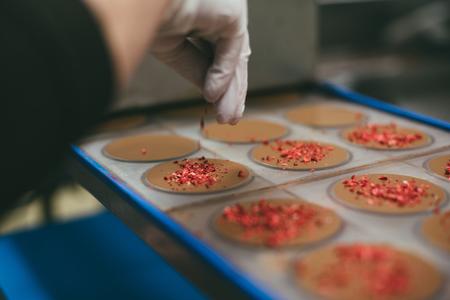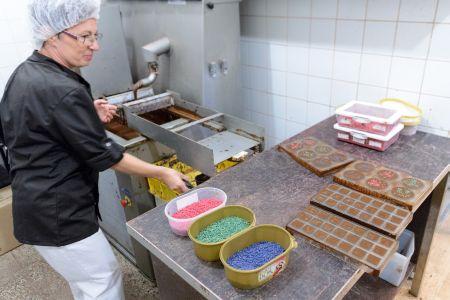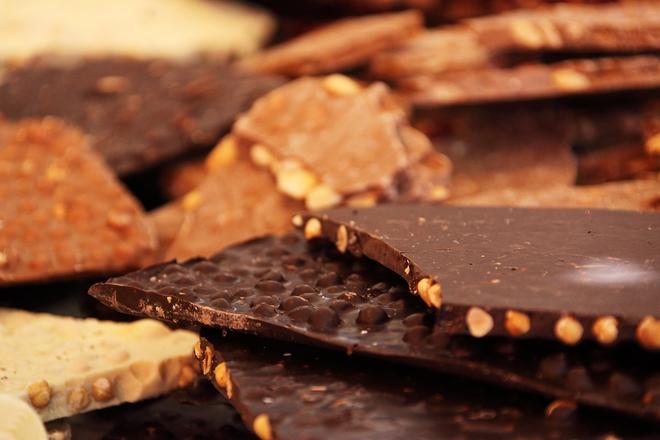Last year, each Slovak ate approximately four kilograms of chocolate on average, a 9-percent or 400-gram decrease compared to 2021, reported the Statistics Office ahead of World Chocolate Day, which is today (July 7).
In Slovakia, the highest consumption of chocolate per capita was recorded in 2012 and 2014, when citizens consumed an average of 5.1 kilograms. This amount includes both chocolate and chocolate-based confectionery.

A 100-gram bar of milk chocolate cost €1 on average in Slovak stores last year, while cooking chocolate of the same weight cost €0.80. Compared to the average in the previous five years, prices increased only slightly, by 0.7 percent and 1.5 percent respectively.
According to Róbert Vlačuha, director of the department within the Statistics Office that analyses standards of living, the decline in chocolate consumption was part of a wider decline in the consumption of confectionery products in 2022.
Slovakia also trades in chocolate. Last year, the country exported more chocolate than it imported, the difference being 5,800 tons. Of the 56,600 tons imported, the largest volume came from the Czech Republic, Germany, Belgium, Poland and Bulgaria.

At the same time, a total of 62,400 tons, worth €292.6 million, was exported from Slovakia, with the largest export markets being the Czech Republic, Poland, Germany, Hungary and Austria.
Chocolate Day is celebrated on July 7 because the delicacy, which originates in what is now Mexico, was introduced to the European market on this very day in 1550.


 Slovaks resisted the urge to nibble as much chocolate in 2022. (source: Pixabay)
Slovaks resisted the urge to nibble as much chocolate in 2022. (source: Pixabay)